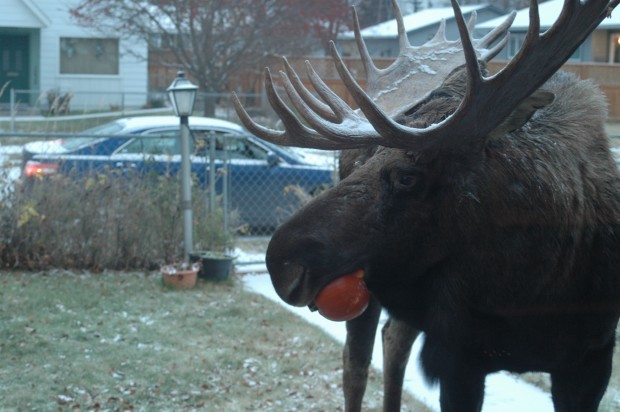
Happy Celtic New Year – In ancient Ireland on the eve of Samhain (October 31st) the old year died and the new one was born. The newborn year matured until Imbolc (February 1) when the ground was ready to be impregnated with seed. The historic Hill of Tara contains a Neolithic (New Stone Age) structure built between 3000 and 2500 BC and known today as the Mound of the Hostages. It is an ancient passage tomb with its inner chamber aligned with the rising sun on the dates of Samhain and Imbolc. The ancient Irish believed that the gods and the spirits of the dead lived in a multiverse including underground in fairy mounds, across the western sea or in an invisible world that coexists with the world of humans. At Samhain and again at Bealtaine (May 1st) the partition between this world and the otherword became weak allowing the spirits of the otherworld to roam freely among the living. In Irish literature the people of the mounds are called daoine sídhe (p. dee ana she) who are variously said to be the ancestors, the spirits of nature or goddesses and gods. The aos sí (p. ahos shee, older form aes sídhe p. ays sheeth-uh) is the term used for a supernatural race in Irish mythology comparable to the fairies or elves. Often they are not named directly but rather spoken of as “The Good Neighbours”, “The Fair Folk”, or simply “The Folk”. The word sídhe (p. she) is probably best understood as meaning fairy and is familiar to you all as in the Banshee (Bean sídhe). She is the harbinger of death in Irish mythology and if you hear her wail someone near is about to die. Confusingly the word sídhe is also the word used to describe the dwelling place of fairies thus these days they are often referred to as sídhe mounds or fairy mounds. The hill of Knockma (Cnoc Meadha) west of Tuam, County Galway is said in legend to be the residence of Finnbheara, the king of the Connacht fairies. The hill rises out of a large flat plain and has two large prehistoric cairns (stone mounds) on top of it. One is said to be the burial place Finnbheara and the other of Queen Medb. When Finnbheara rises tonight and if you happen to be in the vicinity you will probably hear this tune played in his honour called appropriately “King of the Fairies”. In the 1970s the tune was plugged into a nearby electric power station and it came out like this. http://www.youtube.com/
Facebook Page– Irish Medieval History